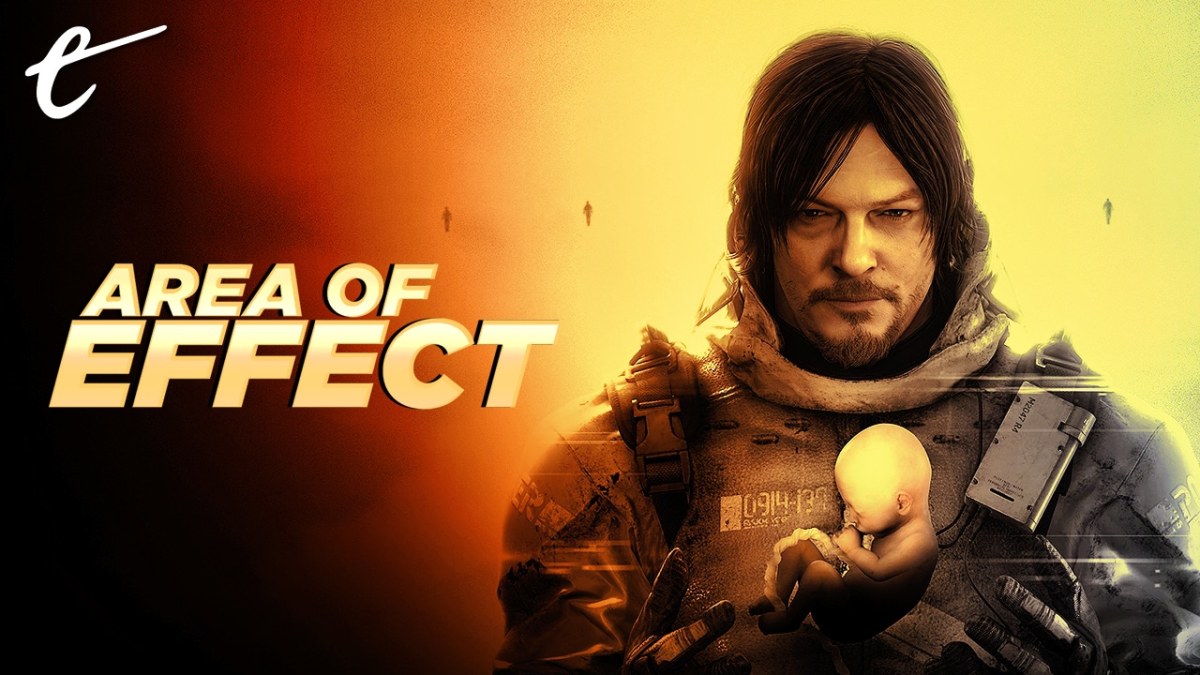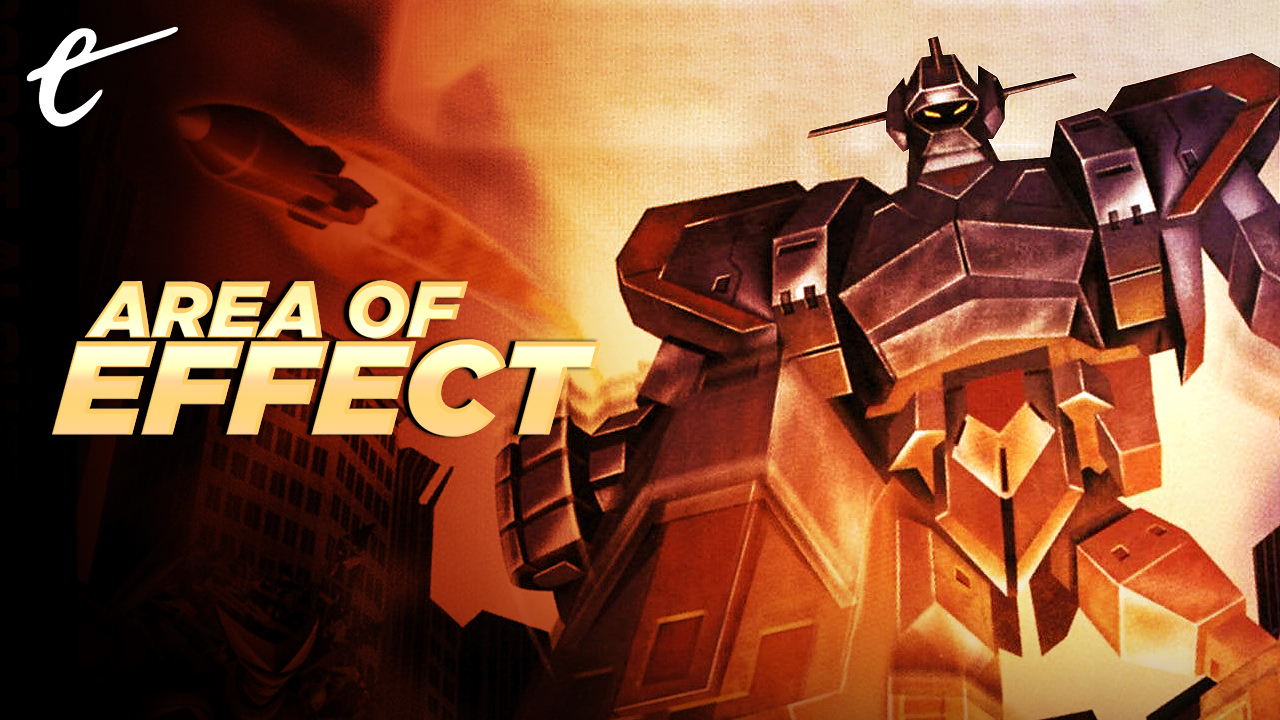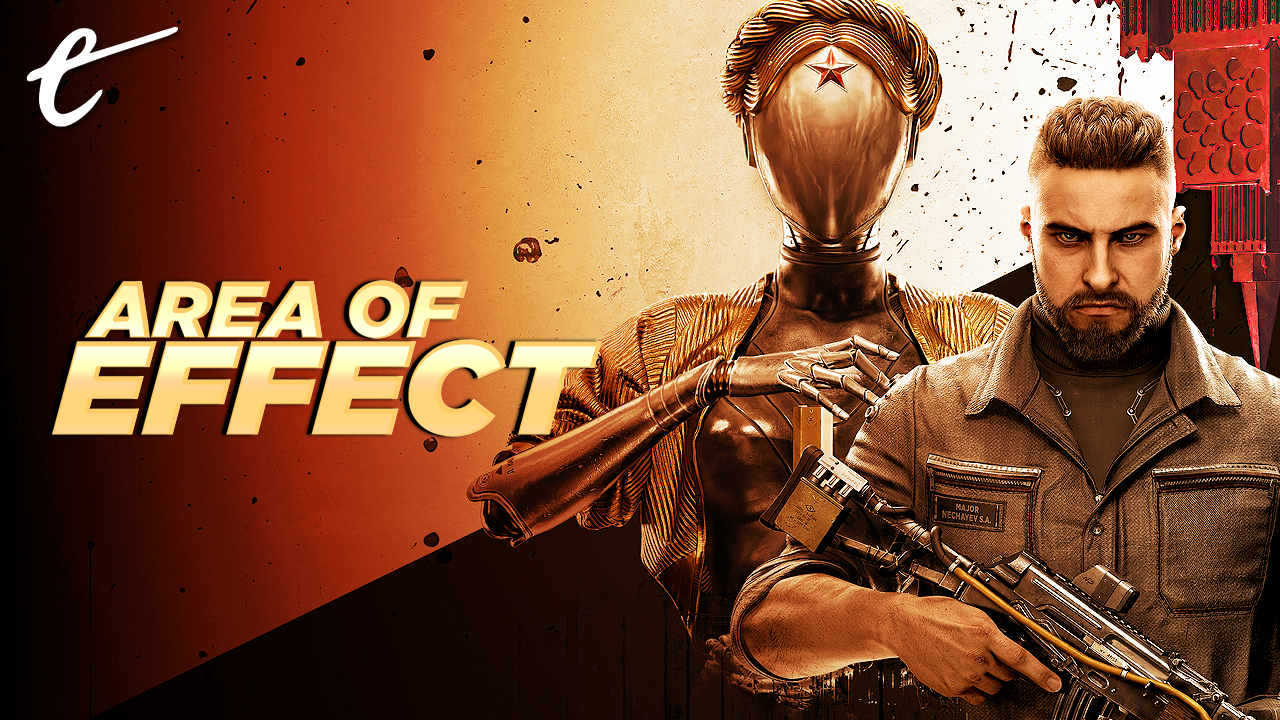The following article contains spoilers for Death Stranding.
Death Stranding Director’s Cut may have added a few bells and whistles to Hideo Kojima’s post-apocalyptic open-world game, but it hasn’t fixed the one thing that needed an overhaul: the plot. I’m not just talking about how it overwhelms you with its exposition, like a lunatic trying to force-feed you an entire wheel of cheese. The problem is that Death Stranding tries to explain itself at all.
While Kojima didn’t cite it as an inspiration, Death Stranding has a lot in common with Roadside Picnic. Arkady and Boris Strugatsky’s novel has inspired several titles including the Stalker series and, more recently, Encased. However, as much fun as they are, they fail to grasp the true strength of the novel, which is that humanity is largely incidental to its cataclysmic events.
And for a while, that’s precisely what Death Stranding delivers; it creates a world that’s utterly fascinating but makes next to no effort to explain it. North America (and presumably the world) has been transformed into a hilly wilderness where the laws of science no longer apply; bodies explode if they’re not incinerated, strange grubs float above the ground, and otherworldly beings roam abroad.
This is humanity’s new normal (assuming the remaining cities aren’t just empty), and especially to a fan of post-apocalyptia like myself, it’s great. You encounter enemies, but there’s no alien army to blast, no occupying force, and it seems that even the terroristic Homo Demens are trying to make sense of a world that’s been turned upside down. Is there going to be a second apocalypse? Maybe, but as you roam the world, you’ll be unable to shake the sensation there’s nothing you could do anyway.
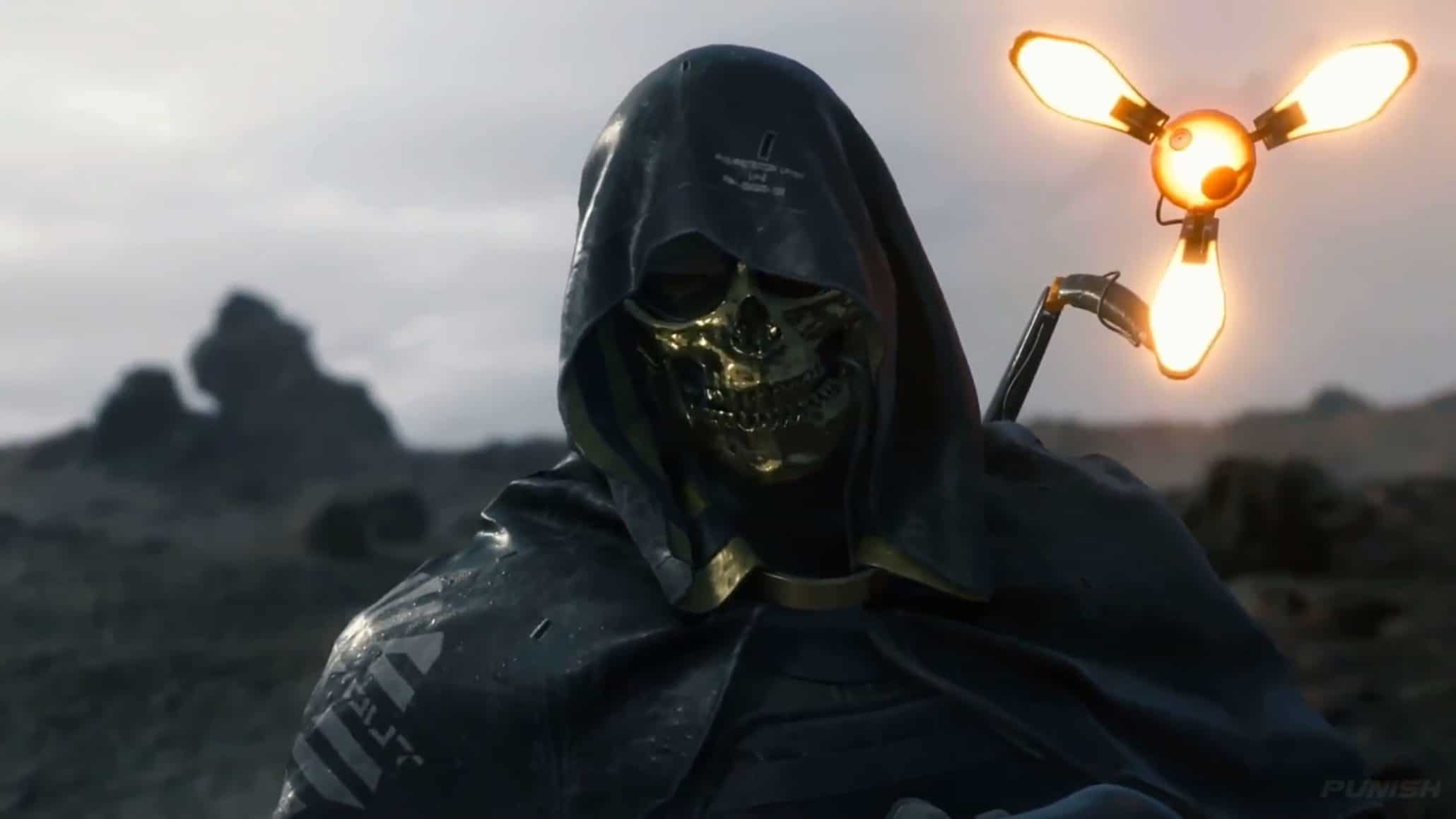
Roadside Picnic’s title comes from a passage in the book where one of the characters compares the world-changing event, apparently the result of brief alien visitation, to a family stopping for a picnic. The family leaves and the wild animals, humanity, return to their meadow to find it altered in ways they can’t entirely comprehend, strange objects scattered around.
The same is true for at least part of Death Stranding. Humans try to make sense of the Stranding of course, because that’s what we do. But initially at least, we lack the ability to comprehend the Death Stranding; how do you wrap your head around a world where rain ages people, or you can be killed by a whale made out of oil?
The lack of a “why” not only adds to Death Stranding’s appealing air of unease, but it plays down humanity’s significance. With no enemy to conquer, no intelligence to negotiate with, Death Stranding makes you feel suitably small. This isn’t all about you; no matter how many packages you deliver, there’s no guarantee you can even prevent the world from backsliding.
In fact, for a chunk of its runtime, Death Stranding is everything I could want from a Roadside Picnic game: a pock-marked, anomaly-filled world, a population who are acutely aware of their own insignificance, and people willing to put their lives on the line despite all this. Even though he knows it may be ultimately futile, protagonist Sam still strives to reconnect humanity.
But as you push on through Death Stranding’s main story, it does start to explain things or, at the very least, push some very persuasive theories. And every time it does, the game gets a little less interesting. I don’t need those little floating grubs explained away; granted, you don’t have to dive into your document database, but just knowing the information is there erodes Death Stranding’s mystique.
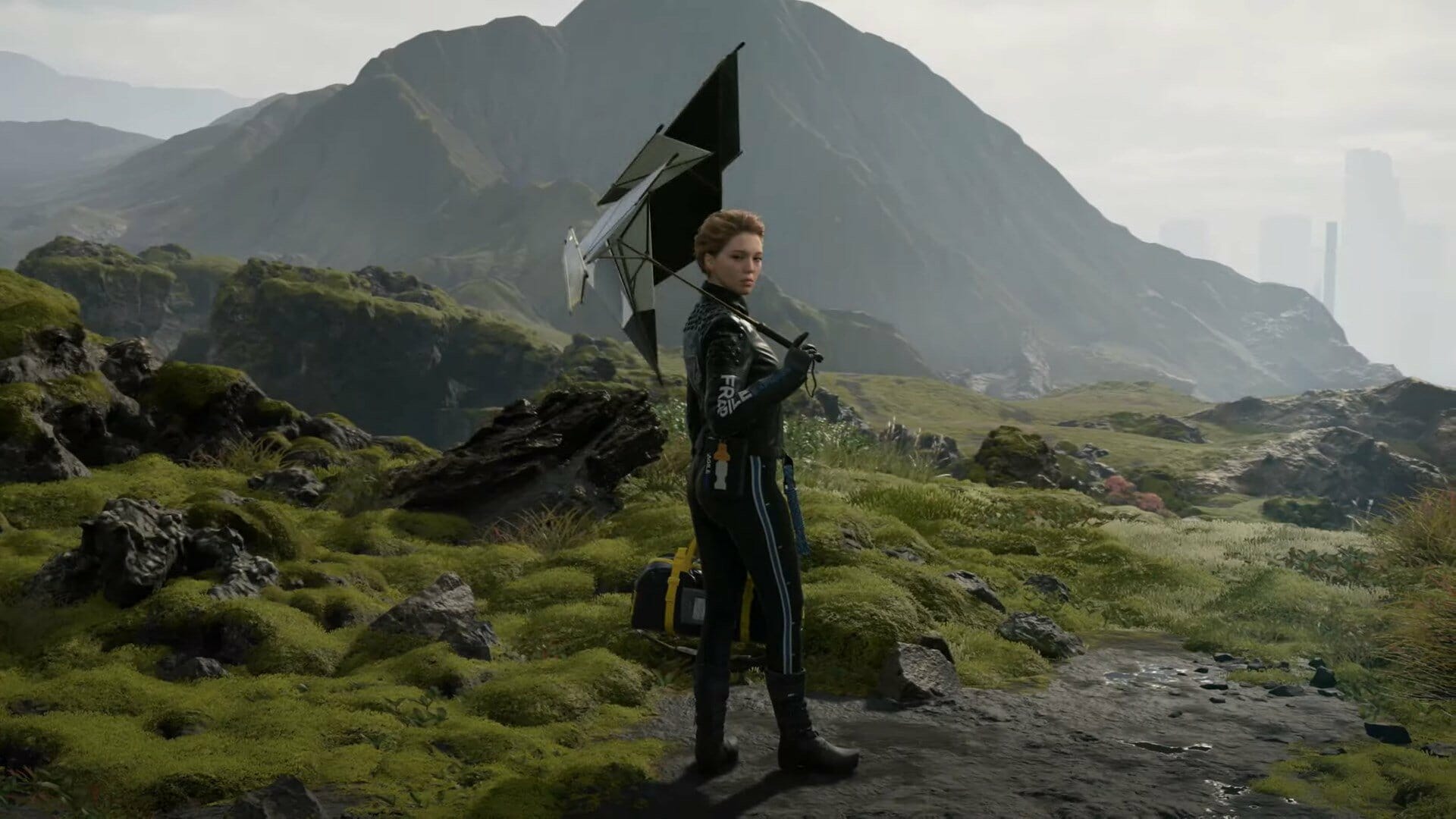
That’s just the lore you stumble across, though — explanations are also doled out through dialogue-heavy cutscenes. There’s a scene where Deadman explains all about Sam’s Bridge Baby, but instead of giving you the basics, it goes into excruciating detail. It’s as if the game’s terrified you’ll miss out on all the brainwork that went into coming up with BBs. It’s not enough to know that the BBs detect the presence of BTs, Death Stranding’s antagonists; you absolutely have to be privy to every single detail. It’s like trying to rent a car but not being allowed to leave until you know what a carburetor does.
And then, as it enters the home stretch, Death Stranding commits its final sin. It not only explains away its apocalypse, but it makes it all about humanity. You can spend the entire game marveling at how insignificant humanity is in the scale of the Death Stranding, only to be told that, yes, humanity is important, so much so that only Sam can prevent it from happening again on an even grander scale.
The only purpose this serves is to empower the player in a disappointingly conventional manner, to make them the savior of mankind. But Death Stranding’s at its best when you’re embracing the mundane, without assigning any importance to your existence or humanity’s existence in general. Saving Lou feels like a win because at least it’s personal; discovering you’re the most important person in the world only diminishes Death Stranding.
That’s why, as I make my way through the director’s cut, I’m taking my time; maybe I can even shove its expository word salad to the back of my mind, so I can once again appreciate its oddly warped world, no strings attached. Because when it comes to getting the most out of Death Stranding, not knowing is half the battle.

